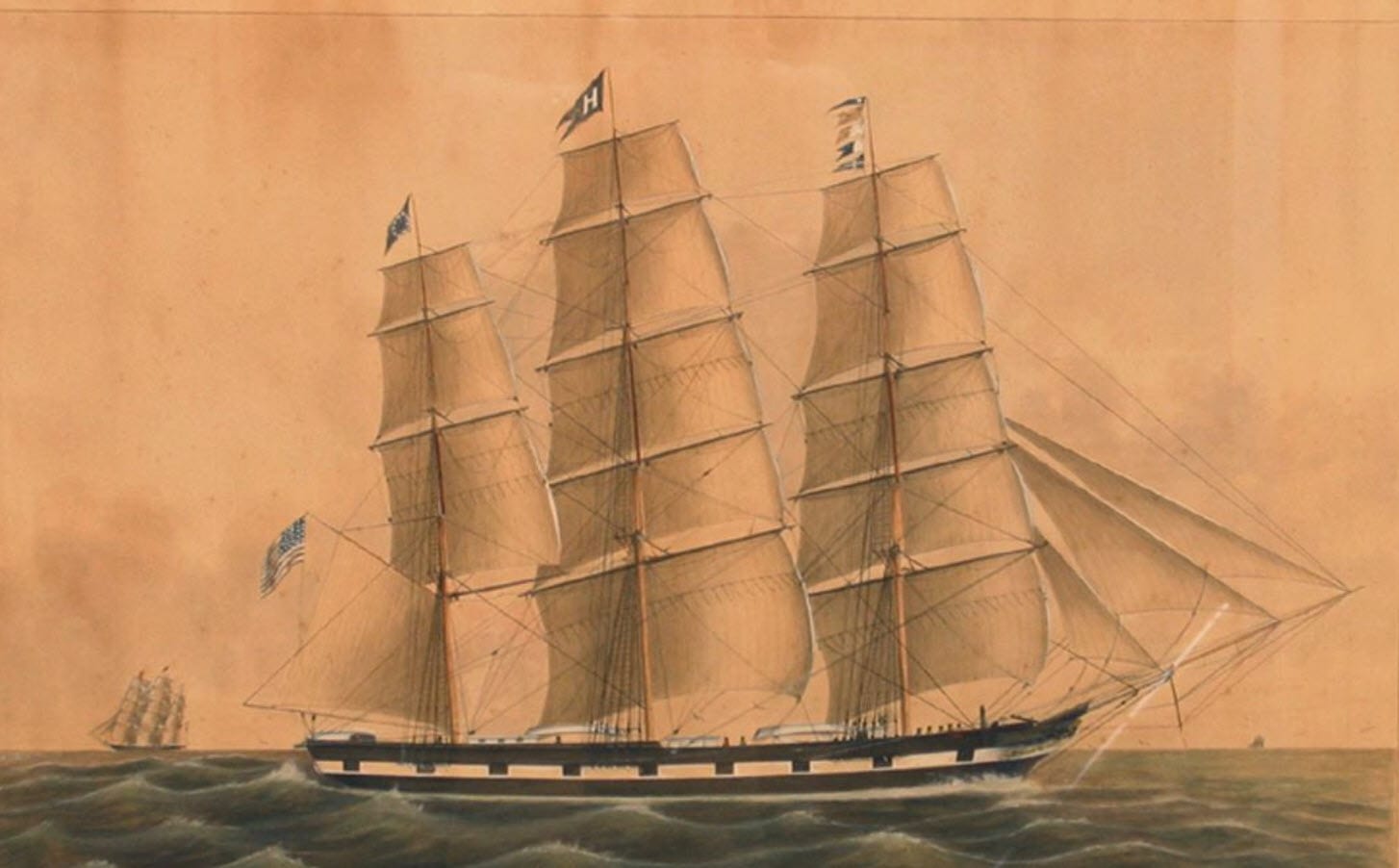Famine, Friends, & Fenians
Opened: October 21, 2016
Closed: September 12, 2017
Famine, Friends & Fenians explored New Bedford’s curious role in Irish history from the 18th century through the famous “Easter Rising” in 1916. This is a story that can only be told in New Bedford.
It weaves through three centuries of struggle both in the US and in Ireland, starting as early as 1776 and running up to the Easter Rising in Ireland in 1916. The exhibition looked at New Bedford’s extraordinary charitable role during the Irish famine, and how that Quaker community supported efforts to relieve the plight of starving peasants in Ireland.
It continued through Frederick Douglass when he left the US and went to Ireland for fear of being captured and returned to the south as an escaped slave. He met Daniel O’Connell, Ireland’s “Great Liberator” who through political means wrangled political freedoms for Catholics. During the US Civil War, Irishmen like General Thomas Meagher, commander of the famous 69th Battalion, won fame on the battlefield. Meagher is recognized for unfurling the Irish tricolor for the first time in 1848.
At sea, Confederate raiders targeted New Bedford whalers. Following the war, reparations were sought from Great Britain for outfitting these raiders. The law offices of Crapo, Gifford and Gifford argued this case along with Senator Sumner of Massachusetts. He argued for a hefty sum in compensation and added that Canada should be thrown in as a down payment. Militant Irish-Americans, battle-tested in the Civil War, heard this demand and yearned to strike a blow at the Crown. They invaded Canada twice in 1866 and 1870. While both attacks failed, these attacks acted as a spur for the confederation of Canada.
Meanwhile, in Ireland, militants schemed to throw off the shackles of British rule. As often was the case, these treasonous acts were uncovered and the ringleaders either executed or sent to jail with harsh prison terms. John Boyle O’Reilly and other militants were sent to Australia, sentenced to life imprisonment with hard labor. He escaped with the aid of Captain Gifford and Henry Hathaway aboard the New Bedford whaler GAZELLE. What happened soon after is perhaps the greatest prison break story of the 19th century.
O’Reilly, along with other Irish Americans devised a daring plan to outfit another whaler, the CATALPA, and under that ruse of whaling off Fremantle, Australia sprang six prisoners from under the noses of the authorities. The daring rescue was described in detail in the exhibition. The captain of the CATALPA was Captain George Anthony, a New Bedford Quaker by birth with no Irish ancestry. When threatened by cannon, he proclaimed “if you fire on this ship, you fire on the American flag.” He came home as the conquering hero and his actions were so highly regarded that in 1920, Eamon DeValera, the President of Ireland visited New Bedford expressly to lay a wreath on Anthony’s grave.
A Message from Trustee Maryellen Sullivan Shachoy and President James Russell
The tale of St. Brendan the Navigator setting sail in a skin boat from the coast of Ireland in the 6th century has held great appeal for eons. According to legend, the Abbot of Clonfert set out with several companions in search of the mythological “Isles of the Blessed,” reported to lie somewhere in the Atlantic Ocean. During the voyage Brendan thought he had washed ashore but in fact his vessel had grounded on the back of whale. On it he said Mass and gave thanks for their good fortune. Our story pivots on the back of whales and whaling too but many centuries later. It connects to the sea and links Ireland with New Bedford for over three centuries of history. It is a remarkable story, it is an inspiring story, it is a story of sacrifice and charity, and it is ultimately a story of human rights.
A long forgotten Irish donation to the colonies prompted a gush of philanthropy during the Famine and prompted the first U.S. humanitarian mission oversees. Millions died there and millions came to America, transforming this country. Frederick Douglass, when he visited Ireland was aghast at the living conditions. Abraham Lincoln played a role in this story as does Susan B. Anthony, cousin of Captain Anthony. Ireland spilled its share of blood in the Civil War and General Meagher of the famous Fighting Irish Brigade unfurled the Irish tricolor for the first time. British-out-fitted Confederate raiders targeted New Bedford whalers and the resultant economic warfare demanded reparations. Irish-Americans reacted with multiple attacks on Canada which ultimately led to its confederation and the beginnings of the “Special Relationship” with Britain. Concurrently hard-pressed Irish rebels snuck out a letter from a prison in Australia thus setting the stage for the greatest prison-break story of the 19th century, unleashing passions that resonated deeply across the ocean and it all centered on New Bedford.
This year we celebrate the 100th anniversary of the Bourne Building. So too does Ireland remember the 1916 Easter Rising. That event impacted New Bedford and shortly thereafter the President of Ireland visited expressly to lay a wreath at the grave of the captain who sacrificed so much, for a cause that was not his own, but that spoke to every person with a moral compass set to “true north.”
Photographic Exhibition of Early 20th Century Norwegian Whaling in Co. Mayo
Famine, Friends and Fenians Bulletin article by Peter F. Stevens and Catherine B. Shannon, Ph.D.
Bibliography – The Liberation of Fenian Prisoners in Western Australia, 1866-1876


